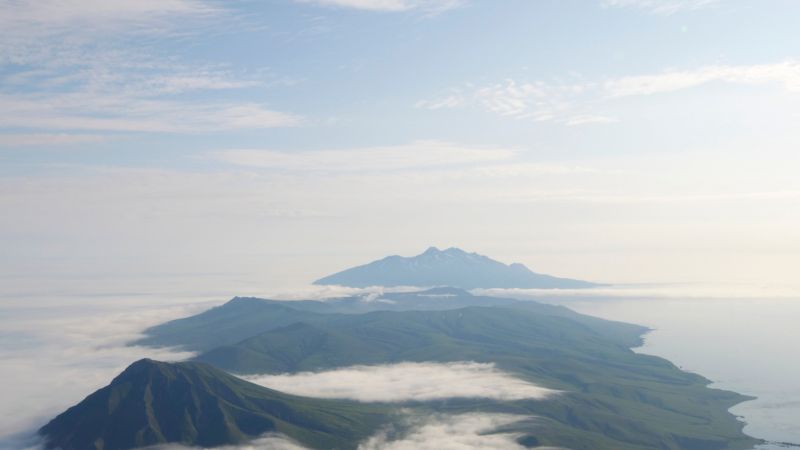In a significant scientific breakthrough, researchers have identified a notorious, previously unknown volcanic eruption that took place in 1831, marking it as a catalyst for cooling Earth’s climate. This eruption is particularly notable as it contributed dramatically to a decline in average global temperatures during a period known as the Little Ice Age. This climate condition was characterized by some of the coldest temperatures recorded on Earth over the last 10,000 years.
The volcanic event in question was one of the most colossal eruptions of the 19th century, releasing an immense amount of sulfur dioxide into the atmosphere, which resulted in a decrease in annual average temperatures in the Northern Hemisphere by approximately one degree Celsius or 1.8 degrees Fahrenheit. Researchers had long known about this eruption’s occurrence; however, its specific location remained shrouded in mystery until modern scientific techniques unlocked the answer.
Detailed analysis was conducted through sampling ice cores in Greenland, allowing scientists to explore the volcanic impact on climate through the scrutinization of sulfur isotopes, bits of ash, and tiny volcanic glass shards deposited between 1831 and 1834. By utilizing advancements in geochemistry, along with radioactive dating and computational particle trajectory modeling, researchers successfully traced this significant eruption to its source—the Zavaritskii volcano, located on Simushir Island in the Kuril Islands archipelago. This area remains under dispute between Russia and Japan, and previous records indicated that Zavaritskii’s last documented eruption had been around 800 BC.
Dr. William Hutchison, who led the study from the University of St. Andrews in the United Kingdom, noted the challenge of monitoring volcanic activity in remote locations such as the one in question. The Zavaritskii volcano is situated on a largely uninhabited island, with historical documentation limited mainly to sporadic ship logs from vessels passing through the region. Due to the scant information regarding Zavaritskii’s eruptions, scientists previously directed their suspicions toward more active equatorial volcanoes like the Babuyan Claro in the Philippines.
However, this eruption’s climatic implications proved far-reaching, leading to a global cooling effect erroneously attributed to tropical volcanoes for a considerable duration. The researchers’ study highlighted that sulfur fallout recorded in Greenland’s ice cores was extraordinary, being about 6.5 times greater than levels observed in Antarctica during the same timeframe, thus deducing that the eruption must have stemmed from a significant midlatitude volcano in the Northern Hemisphere.
The overlap of chemical analysis of volcanic ash and glass from the ice cores with known geochemical data yielded the closest matches to volcanic regions in Japan and the Kuril Islands. A collaborative effort with colleagues familiar with Kuril volcanoes further imparted key samples, aligning these with evidence from the Zavaritskii caldera. Hutchison described the laboratory breakthrough as a “genuine eureka moment” when the matching results from the two distinct volcanic sources became evident.
In considering the broader implications of this realization, it became apparent that the eruption in 1831 played a critical role in altering climate patterns, resulting in cooler and drier conditions across the Northern Hemisphere. This shift subsequently led to widespread agricultural failures and famines impacting diverse regions including India, Japan, and various parts of Europe.
The study not only addressed this singular volcanic episode but also underscored the importance of monitoring global volcanic activity. Hutchison emphasized the need for strengthening international systems to predict and respond to volcanic eruptions, especially given their potential to induce large-scale climatic changes. With many active volcanoes situated in isolated locations, the scientific community faces the challenge of preparing for unpredictable geological events which could have far-reaching impacts on both climate and human livelihoods.
As the researchers continue to parse through historical records for remnants of this largely unrecognized eruption, Hutchison reflects on the next steps in understanding the interconnectedness of volcanic activity and climate, recognizing the significance of past eruptions like that of Zavaritskii in shaping Earth’s climatic history.











